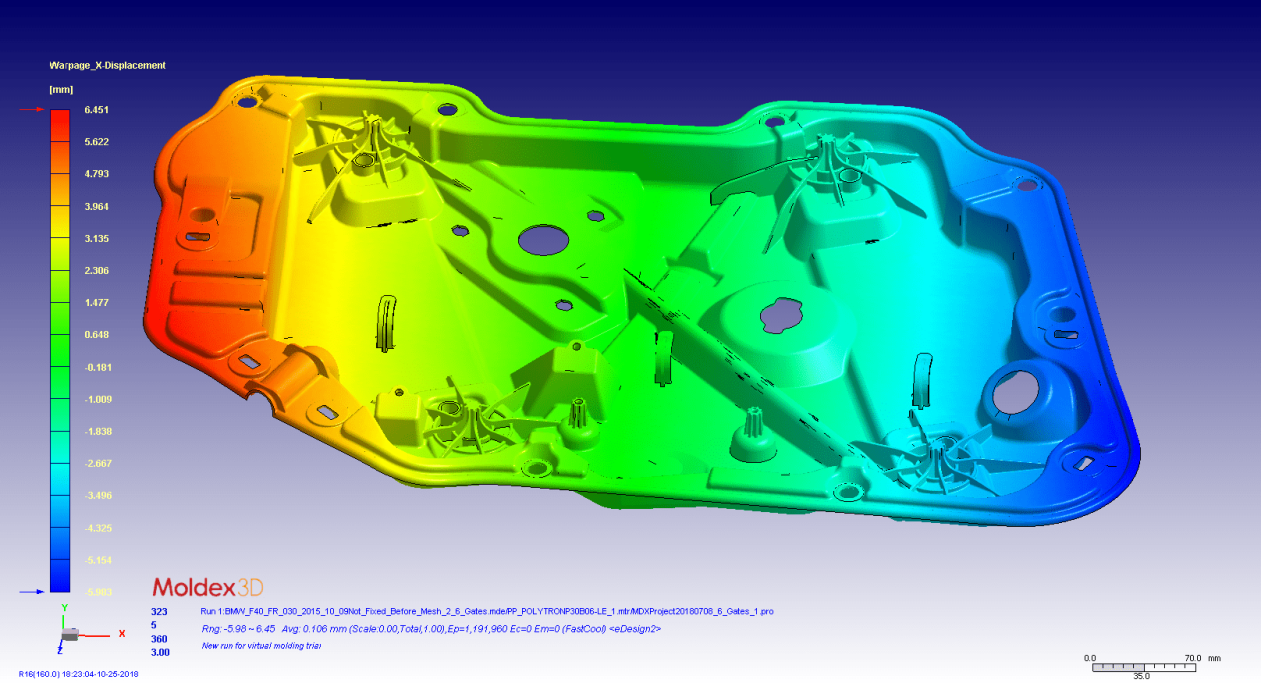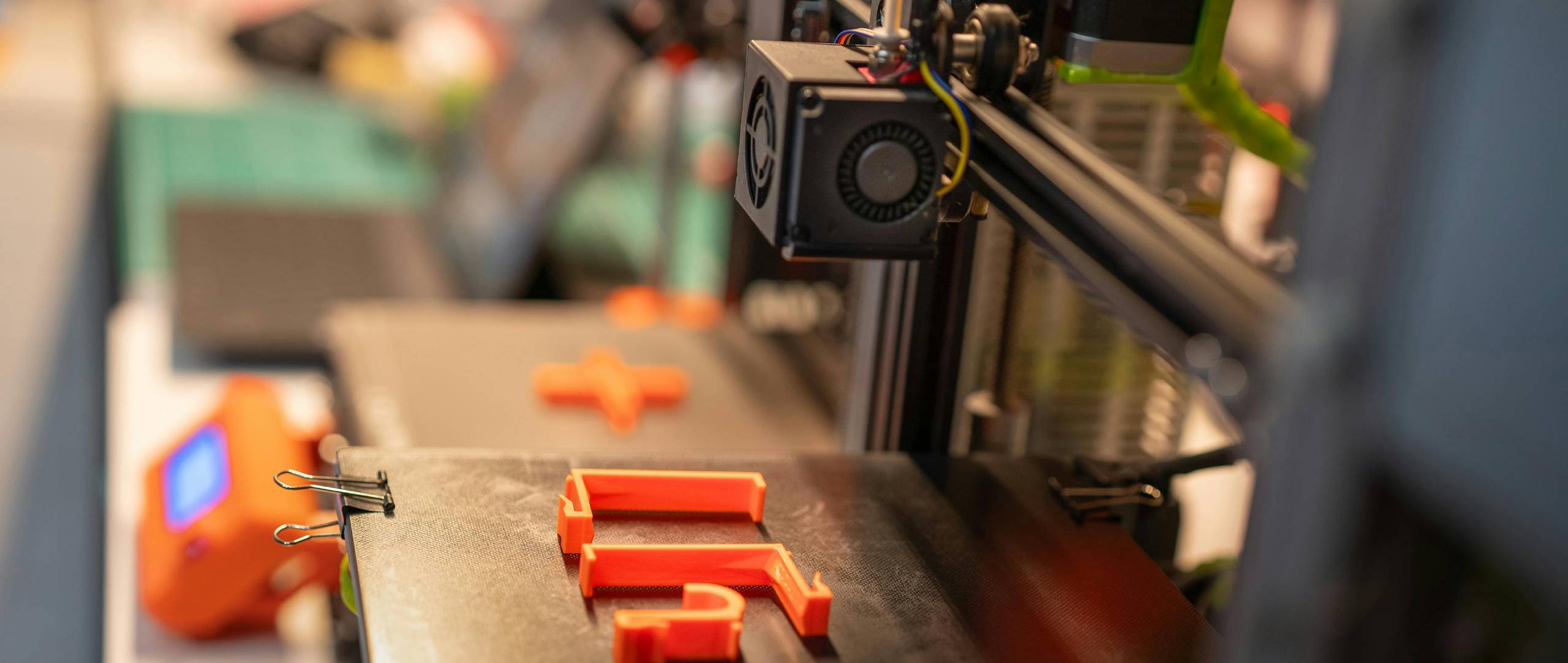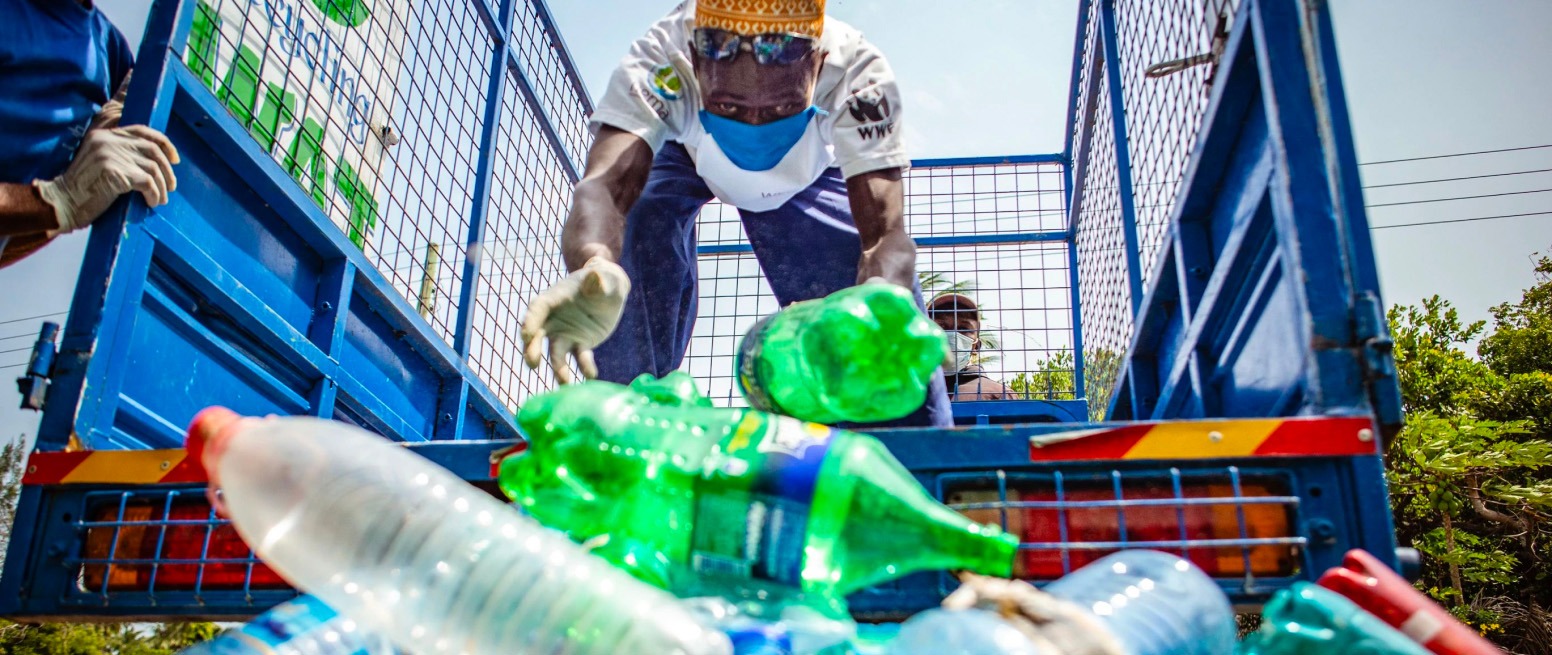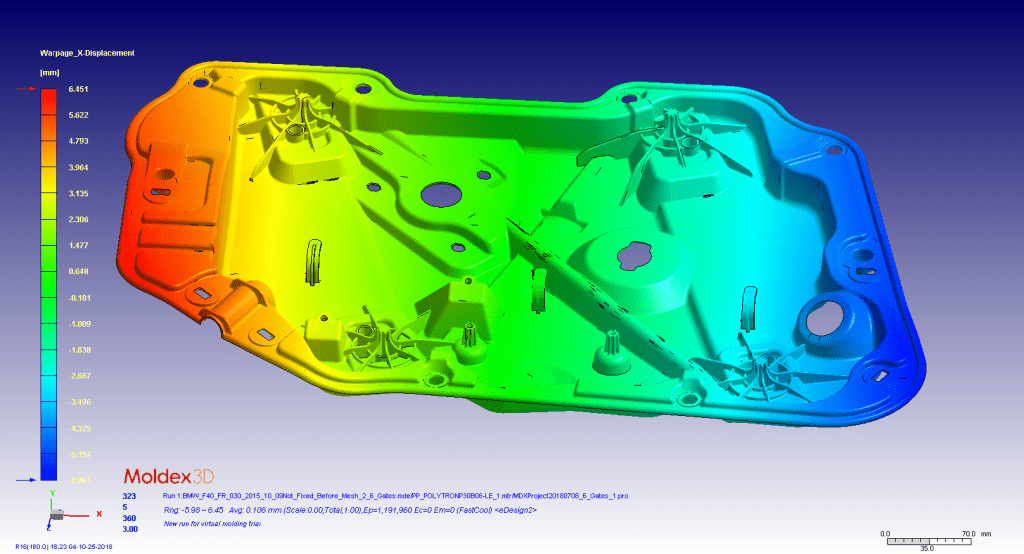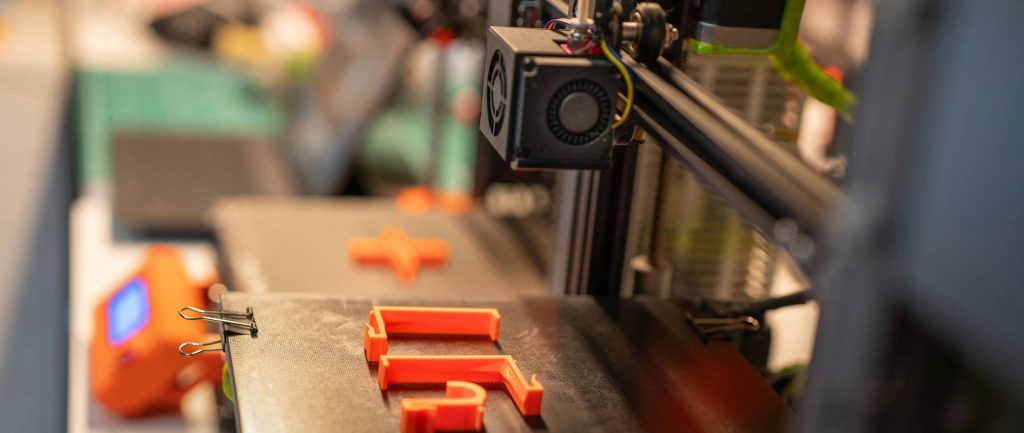Polyram is accounted for its advanced and prestigious laboratory consisting of state of the art equipment used for quality assurance (QA) of products, designing new R&D products and for various analyses of thermoplastic composites
This facility provides services to all company’s departments e.g. marketing, production and R&D.
The Polyram lab responds to clients requests for product analysis, and also contrinutes to knowledge accumulation and preservation, which will assist in future failure analysis or to resolve quality issues.
On the other hand, many tests are conducted as part of strategic and innovative research.

TGA - Thermal Gravimetric Analysis
This article will describe some of the reverse engineering tests we conduct.
Take a short look at DSC, FTIR, and TGA.
DSC – Differential Scanning Calorimetric
Using this method, in which the polymeric sample is placed in a dedicated cell that can be cooled to -80 ˚C and heated up to 450 ˚C, we can reveal thermal characteristics of material, such as melting point (Tm), crystallization point (Tc), or glass transition (Tg). These data assist in polymer base material characterization.
There are however various polymers that have an identical melting point (e.g. PBT and Polyamide 6), Therefore, further analytical tests are required, such as FTIR.
FTIR- Fourier Transform Infrared Spectroscopy
In this method, the material is radiated with a spectrum ranges from 450-4000 cm-1 where the range of 450-1800 cm-1 reveals material “finger prints” which are characteristic of specific moieties present in the composite. On the other hand, specific functional groups existing in the material can be detected in the range of 1800-4000 cm-1. Polyram has an extensive record of various materials spectra, based on standard academic libraries, which helps in the precise analysis of unknown or new materials.
After figuring out what is the polymeric matrix and possible additives resenting in the composite, the next step is to determine the presence and type of fillers.
Through this technique samples weight is monitored upon pyrolysis or oxidation under continuous heating reaching up to 1200 ˚C. The pyrolysis is done under inert atmosphere (Nitrogen) and the oxidation is performed under oxidative atmosphere (Oxygen). This process reveals the temperature of pyrolysis or decomposition of the sample. Inorganic Fillers, additives residues, decomposition leftovers remain after the polymer has burned which is then identified using FTIR. The filler percentage can be determined from the TGA graph.
Reverse engineering validation
After base polymer, fillers and other components have been detected and the overall density (gr/cm3) of the sample is compared with the findings, a short validation procedure is conducted to ensure it all fits into an existing material or similar to an existing one which requires fine-tuning. When required, new angles and further tests will be performed. If we have a composition verification, then reverse engineering is complete. Findings are then recorded for future use.





